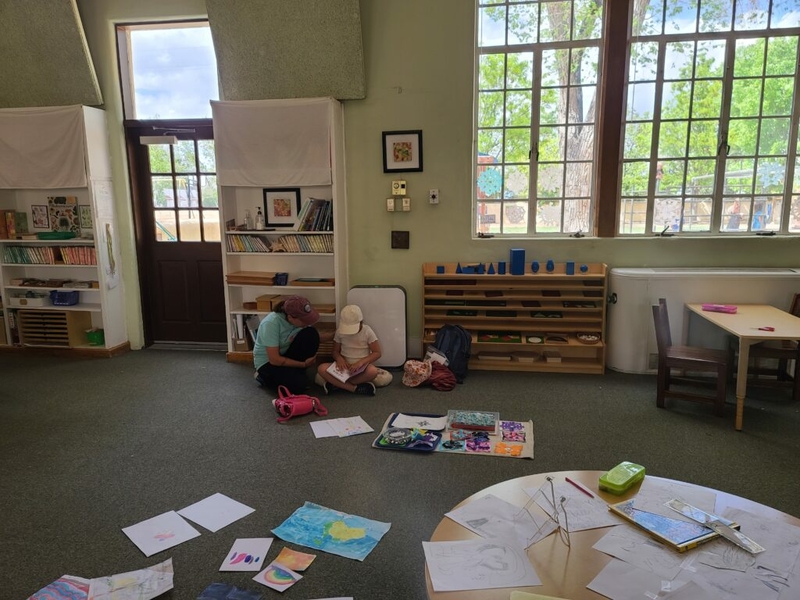New Mexico likely to further relax COVID testing in schools

As federal public health officials are set to further relax COVID-19 guidance, their New Mexico counterparts say they will closely follow the changes.
The CDC is likely to update its COVID-19 guidance as soon as this week, including de-emphasizing social distancing, lifting testing guidance and quarantine timelines for schools, and increasing the focus on ventilation to mitigate the spread of the virus, CNN reports.
Sources told CNN that the CDC is expected to de-emphasize regular screening testing for COVID-19 in schools as a way to monitor the spread of the virus.
This would mean the end of “test to stay” protections which as of Thursday the New Mexico Public Education Department recommended but is not a requirement for students and school staff.
In New Mexico schools that do implement test to stay have a 10-day process to prevent spread. Students and staff who test positive still must self-isolate for five days and wear a mask upon returning to school for five additional days.
The New Mexico Department of Health will review the new guidance and “start by assuming that we’re going to accept it,” acting New Mexico health secretary David Scrase told reporters on Thursday.
“Our goal — particularly over the past year or so — is to be as closely aligned with the CDC as we possibly can on everything,” Scrase said. “We look at every CDC guideline, our goal is to conform to it.”
New Mexico has the highest social vulnerability index in the country, Scrase said, meaning New Mexicans have the highest potential for the worst impacts from public health emergencies.
He said if there is something in the new guidance that wouldn’t work well for New Mexico’s unique, diverse and highly socially vulnerable population “we do tweak it, from time to time.”
The further lifting of COVID protections comes as New Mexico sits in a plateau of COVID cases, hospitalizations and deaths. New Mexico has been averaging between 900 and 1,000 new cases per day and at least 200 hospitalizations since mid-June, according to the Johns Hopkins Coronavirus Resource Center.
New Mexico is currently above an acceptable level of transmission as defined by the CDC as 28 cases per 100,000 total population, Scrase said.
“We’d like transmission and hospitalizations and deaths and people out of work sick to be as low as we possibly can,” Scrase said. “But I think what we’re trying to do is encourage everyone in New Mexico to do their part to wear their mask in a time that is red or yellow, to do all those things, and to get on board to help us all working together to minimize all those numbers.”
CDC also plans to encourage schools to do more to clean indoor air, CNN reports, in order to slow the spread of coronavirus and other respiratory illnesses.
New Mexico officials do not know which districts have COVID-safe ventilation systems, despite federal funding for them.
They do not track the presence of coronavirus in the air at any level. The only database on New Mexico school buildings isn’t public and doesn’t track indoor air quality.
There is no Occupational Safety and Health Administration standard for COVID in any workplace in the U.S., not just schools.
PED’s Finance and Operations Director Antonio Ortiz said previously it’s up to each individual school district to make sure that they implement the indoor air quality requirements put out by the Public Education Department.
“We don’t have the staff or capacity at PED to go out there and go verify every single building in doing that,” Ortiz said.
Acting state epidemiologist Lauran Parajón said Thursday DOH officials are in constant contact with CDC officials, sharing data and giving feedback.
“It’s not a one-way street, they also do reach out to us and other states to get feedback on their guidelines,” Parajón said.








